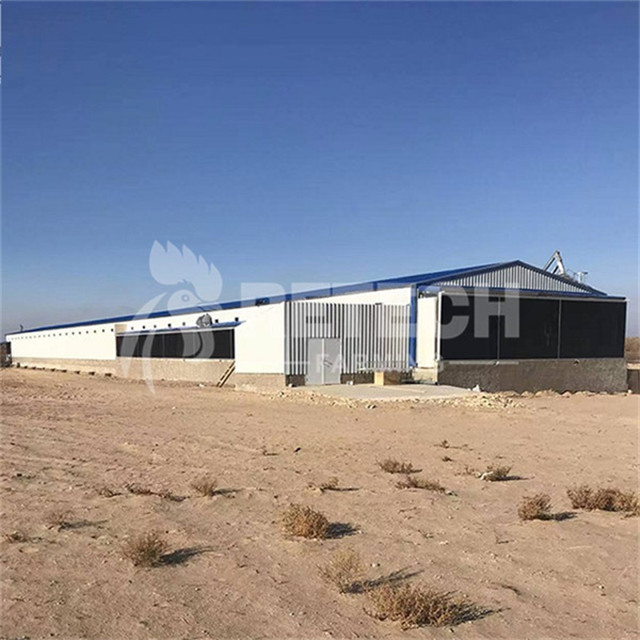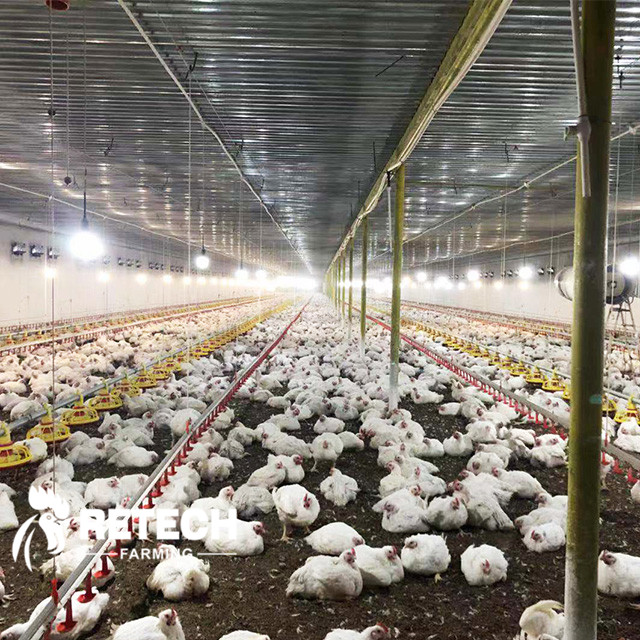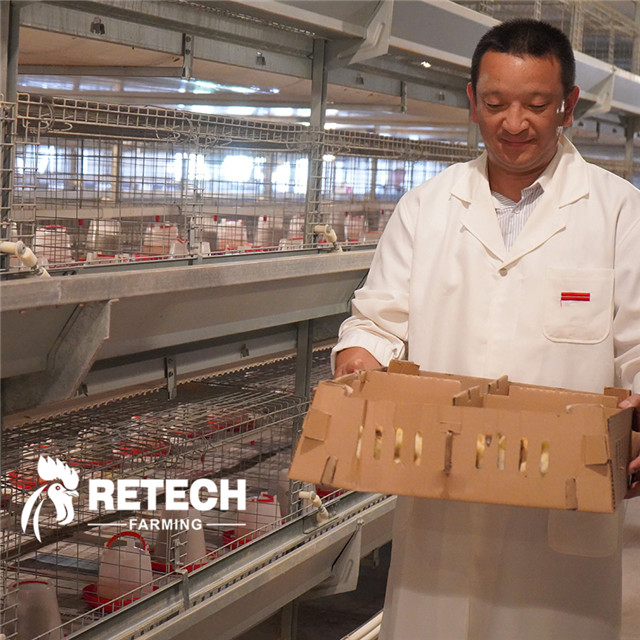The purpose of the work during the empty house period of the breeder farm is to clean, disinfect and maintain the internal and external environment and equipment of the chicken house, remove pathogenic microorganisms on the chicken house and equipment, cut off the transmission chain of various pathogenic microorganisms, and ensure that no The next batch of chickens will have an impact on health and performance, keeping the equipment running properly. The recommended time for the vacancy period is 45-60 days. The vacancy period generally has the following management points:
1.Pest control, rodent control
Immediately after the chickens are eliminated, rat poison and polyester are used to kill rodents and insects to prevent the spread of insects and rodents.
Rodent control must be carried out inside and outside the chicken house and factory area. For the first time, it is recommended to carry out high-concentration suffocation in the house. Spray the stagnant house for 24 hours, mainly to eliminate stubborn insects that are difficult to remove, such as beetles, red mites, etc. It is recommended to carry out 3- 4 times of extermination.
2.Tear down
Withdraw, or in the coop, remove all removable equipment (fan motors, heating equipment, chains, troughs, motors, scaffolding, etc.).
After dismantling, rinse and maintain all kinds of equipment. In addition to rinsing, it is best to carry out flame sterilization for flame sterilization. (Replacing the aging parts in the equipment, repainting the parts that are easy to rust, etc.)
3.Clean up
1. After cleaning the chicken manure, it is required to manually clean the residues, blow the dust again, and then thoroughly clean the interior of the entire chicken house. The cleaning sequence is from top to bottom, from the middle to both sides.
2. Rinse the egg box, feed trough, feeding net, corner wheel, wool pad, black cover and other items.
3. Cleaning and disinfection of brooding supplies such as food trays, drinking fountains, etc.
4. Sprinkle 5% caustic soda water on the ground of the chicken house again for disinfection, and disinfect with flame gun.
5. Thoroughly clean personal dormitories and items.
4.chicken house seal
1. Seal all light-transmitting places with sealant.
2. After the chicken house is cleaned, the drain should be sealed in time. 3. Seal the mouse hole or bird hole with cement, and apply glue or cement to the wall joints.
4. The large board is sealed, and the large board between the wet curtains is sealed with felt. The large board inside the chicken house should be overhauled, and the sealing strips or screws should be replaced to ensure the tightness.
6. The leaky places in the chicken house need to be sealed with foam glue, such as the door of the chicken house (finally fumigated and sealed).
5.Install
Install the racket or trellis board, install the feed line, and also include all equipment required for brooding (such as dividers, window screens, heaters, motors, etc.). The installation takes nearly 1/4 of the entire idle period.
Preparation of items before entering chicken
1. Unload the rice husk, enter the rice husk,
2. Arrange the equipment, and the administrator will try the heater.
3. Check the beats and clean up all the debris on the beats.
4. The gap between the small wall and the scaffolding in the aisle of the chicken coop needs to be tied with nets to prevent chickens from digging into the bottom of the scaffolding.
5. Check the debugging waterline.
6. Fumigation chicken coop and personal dormitory. Airtight fumigation for more than 24 hours, fumigation for 48 hours if conditions permit, and put all the equipment and items used for raising chickens into the chicken house for fumigation.
7. Exhaust the chicken house, install rice husks, and lay the rice husks on the rack (brooding rice husks).
8. Seal the redundant large fans and leave only one for ventilation.
Summarize
1. The cleaning and disinfection during the empty house period is relatively complicated. We must have a reasonable work plan. Only by doing things according to the plan can we better complete the work and personnel arrangements.
2. Thorough disinfection must do in the empty house period of the breeder farm, physical disinfection and chemical disinfection should combine, and a variety of disinfectants should using alternately. 3. During the disassembly and installation process, care must be taken to avoid damage to the items and equipment.
4. During the empty house period, it is the most suitable period to seal the chicken house. The sealing must be done well, which can not only increase the heat preservation of the chicken house, but also ensure the ventilation efficiency of the chicken house in the later stage.
 Published :
/
Published :
/ Posted by : Retech
Posted by : Retech

